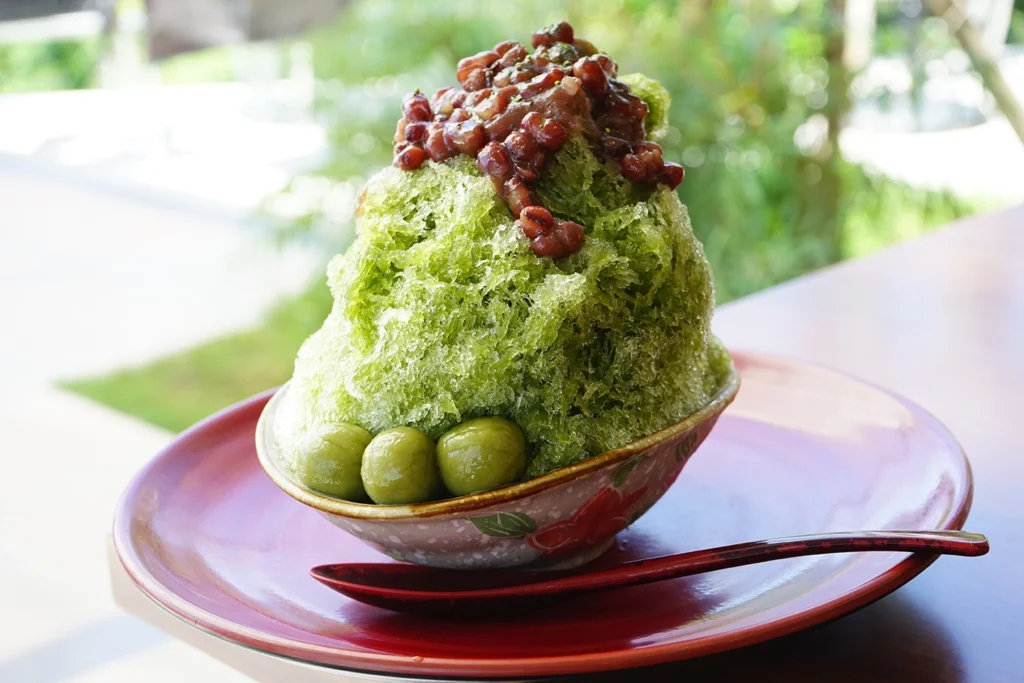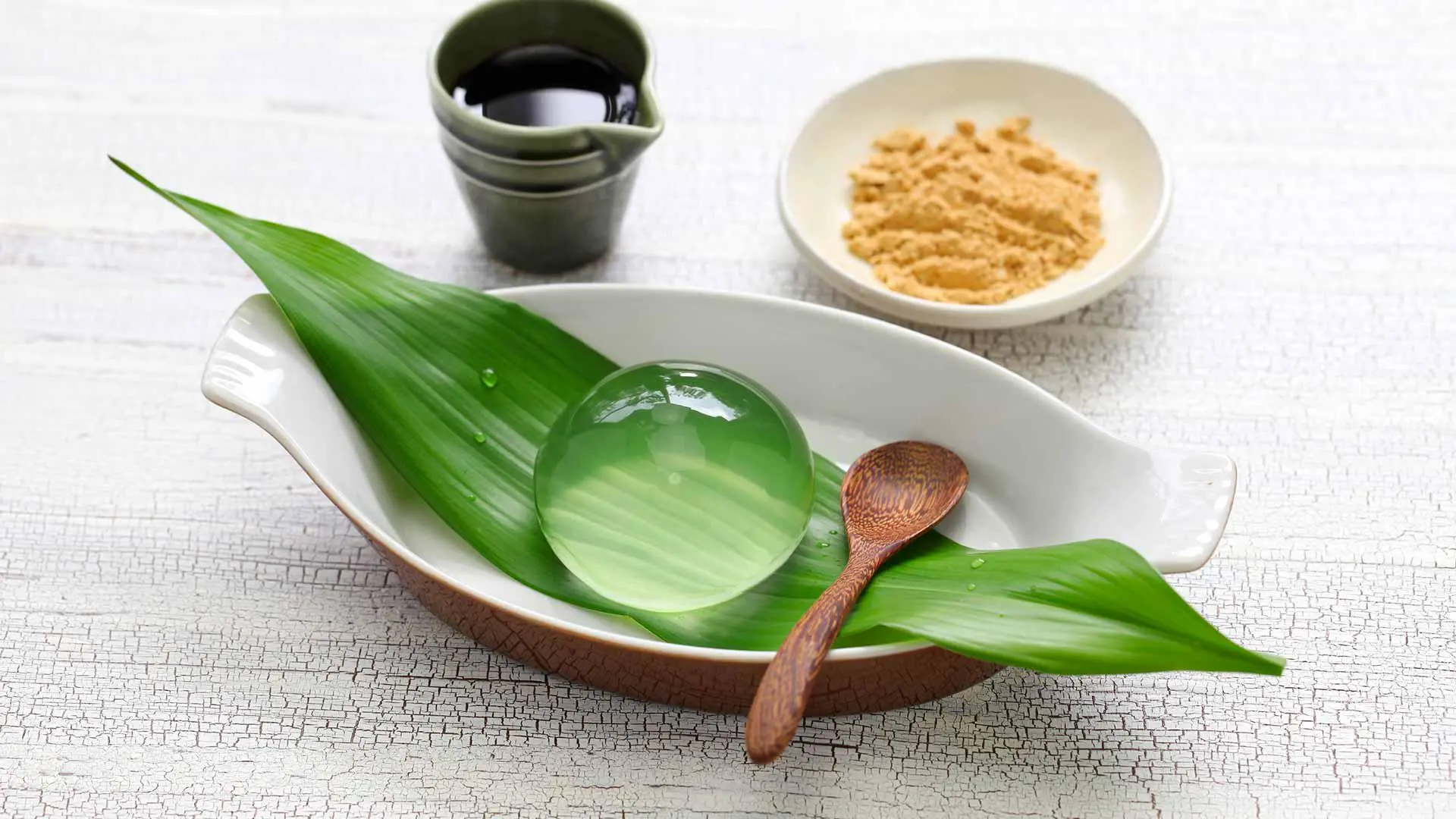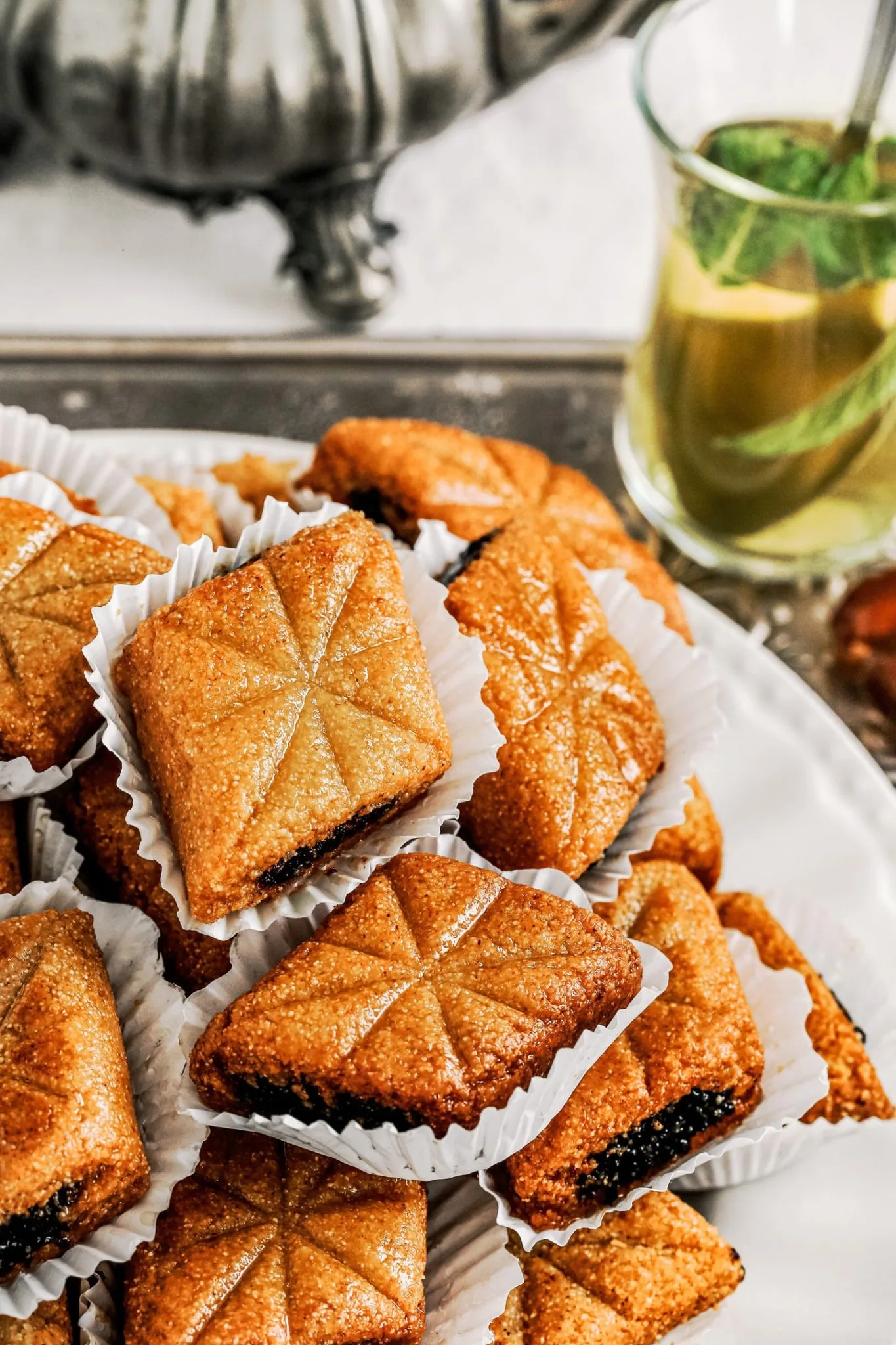Kakigori: Japan’s Beloved Shaved Ice Delight
A Cool Treat for Hot Summers
Kakigori, a traditional Japanese shaved ice dessert, has been delighting people for centuries. This refreshing treat, made with finely shaved ice and flavored syrups, is a summertime staple in Japan. Beyond just being a dessert, Kakigōri showcases the artistry and precision of Japanese culinary traditions, blending simplicity with indulgence.
From Luxury to Everyday Delight
Kakigori’s history dates back to the Heian Period (794–1185) when ice was a rare and expensive luxury. Only the nobility enjoyed this dessert, made by shaving blocks of ice stored in natural icehouses and sweetened with tree sap or syrup. It symbolized wealth and privilege, often served at imperial gatherings.
By the late 19th century, advances in refrigeration and ice production made Kakigōri accessible to everyone. It quickly became a popular street food during summer, with vendors selling it at festivals and markets. Over time, regional variations emerged, incorporating local flavors and ingredients that highlight Japan’s diverse culinary heritage.
A Symbol of Joy and Celebration
Kakigōri is more than a summer dessert—it’s a symbol of joy and celebration. You can’t have a festival, or matsuri, without colorful Kakigōri stalls offering flavors like matcha, strawberry, and melon. Enjoying Kakigōri at a lively festival captures the essence of Japanese summer, bringing people together and creating lasting memories.
These days, Kakigōri has evolved from humble street food to a refined culinary experience. Specialty shops and cafes use premium ingredients like fresh fruit, condensed milk, and artisanal syrups. The finely shaved ice, which melts instantly on your tongue, showcases Japanese precision and craftsmanship.
What Makes Kakigōri Special
The key to Kakigōri is its snow-like texture, achieved with specialized ice shavers. Unlike crushed ice desserts, Kakigōri is airy and melts in your mouth. Traditional syrups made from fruits, teas, or azuki (sweet red beans) add authentic Japanese flavors.
Some versions of Kakigōri include toppings like mochi, sweetened condensed milk, or kinako (roasted soybean flour), creating a visually stunning and deliciously complex dessert. Each bite offers a perfect balance of sweetness, texture, and refreshment.
Kakigōri Goes Global
In recent years, Kakigōri has gained international fame, appearing on menus in cafes and restaurants worldwide. While traditional flavors remain popular, innovative variations like salted caramel or tropical mango have broadened its appeal. Despite these modern twists, Kakigori stays rooted in Japanese tradition, cherished for its nostalgic charm and timeless taste.
Whether enjoyed at a bustling summer festival or a quiet cafe, Kakigōri continues to represent the artistry and warmth of Japanese culture. This beloved dessert captures the essence of summer, connecting people to the rich heritage of Japan’s culinary landscape.
Discover Traditional Recipes from Japan Discover Traditional Asian Recipes You may like this also: Korean Patbingsu 10 Most Interesting Desserts from All Around the World
Japenese Kakigori
Ingredients
Instructions
-
If you have an ice block, shave it using an ice shaver. If using ice cubes, crush them finely using a food processor.
-
Place the shaved ice into four bowls, shaping it into mounds.
-
Pour 1/4 cup of your chosen syrup over each mound of shaved ice evenly. Traditional syrups include matcha (green tea), strawberry, or melon.
-
Drizzle about 2 tablespoons of condensed milk over the syrup-covered ice for added sweetness and creaminess.
-
Spoon about 2 tablespoons of sweetened red beans (anko) over the top of each serving. This is a common topping in traditional kakigori.
-
Add fresh fruit pieces around the shaved ice mound. Use about 1/4 cup of fruit per serving. Strawberries, mangoes, and kiwi are popular choices.
-
For additional texture and a traditional touch, add about 1 tablespoon of mochi pieces on top or around the ice for each serving.
-
Garnish each serving with mint leaves for a refreshing touch.
-
Serve the kakigori immediately to enjoy the fluffy and refreshing dessert at its best.
-
Enjoy your traditional Japanese Kakigori. Itadakimasu!






